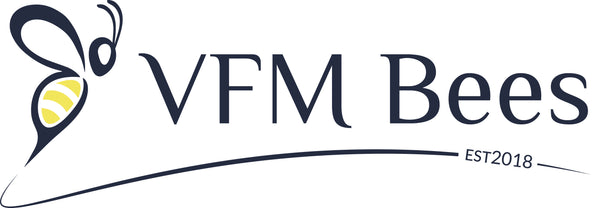Click on the drop-downs below to learn more about some of the diverse plants (often considered weeds) in our area which attract and support local pollinators.
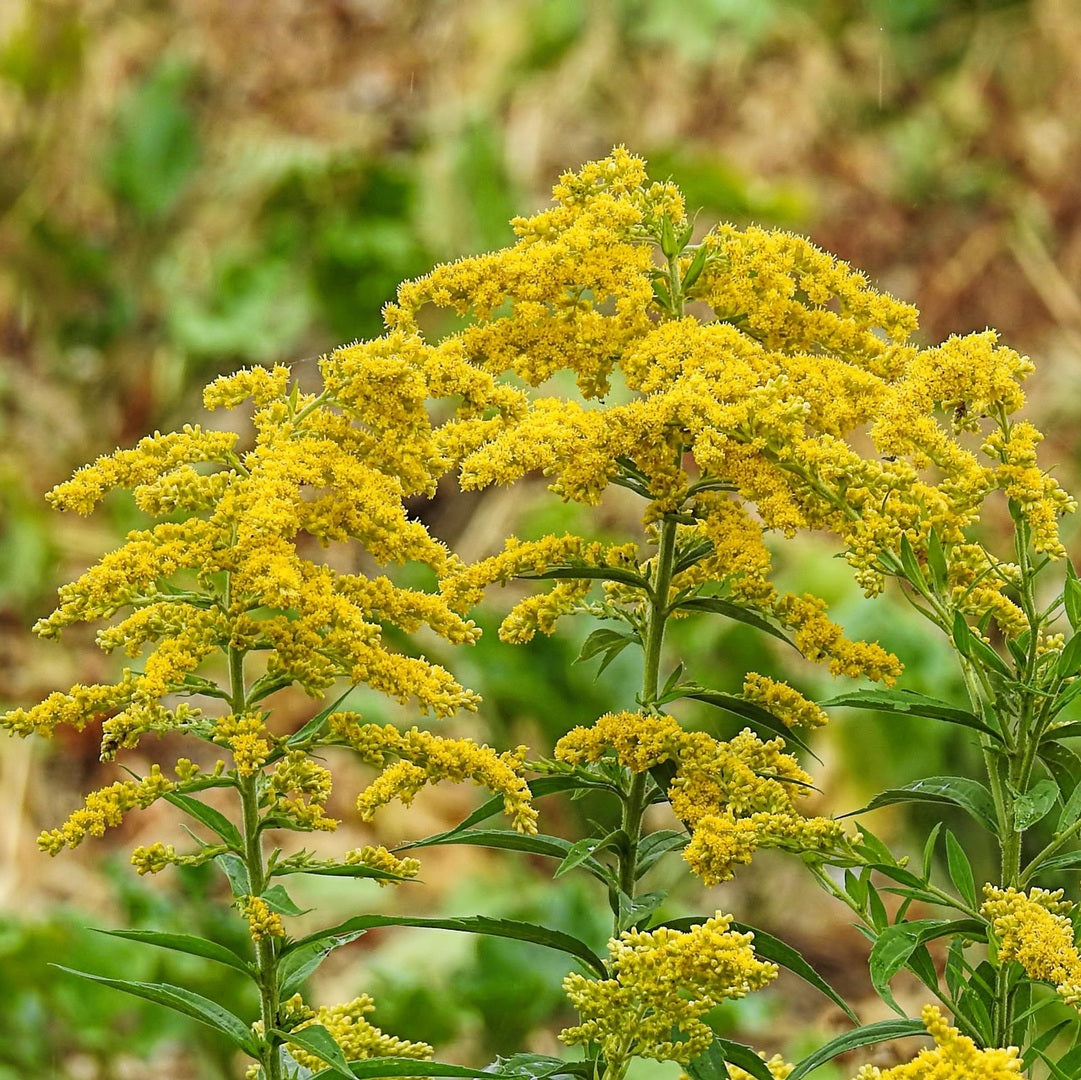
Collapsible content
Goldenrod
Binomial Name: Solidago spp.
Bloom Period: Late summer to fall (August–October)
Habitat: Fields, meadows, roadsides, open woodlands
Identifying Characteristics: Clusters of small yellow flowers on tall, upright stems; lance-shaped leaves; attracts many pollinators
Pollen Color: Yellow
Honey Color: Dark amber
Honey Flavor Profile: Strong, rich, slightly spicy with a hint of anise or licorice
Sunlight: Full sun to partial shade
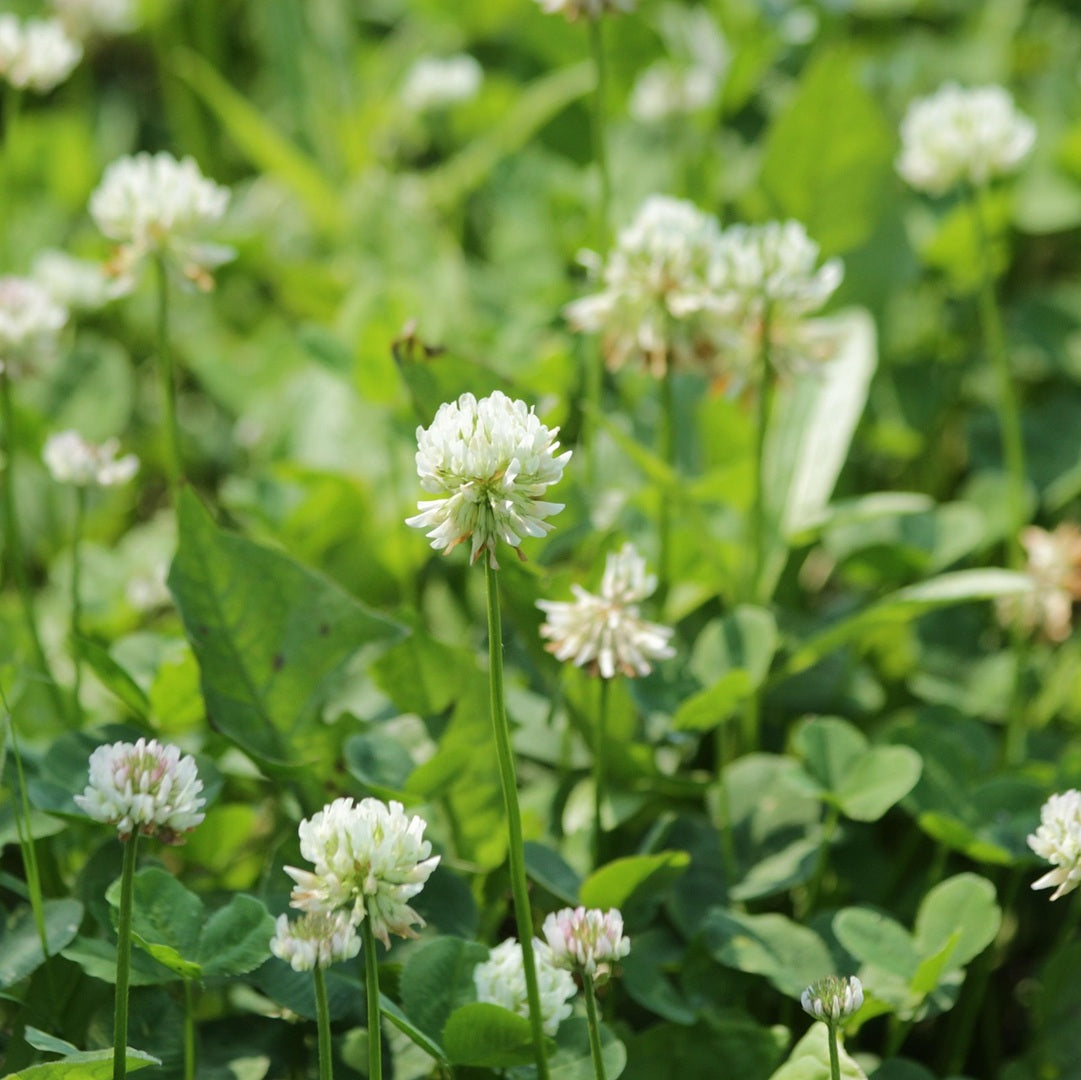
Collapsible content
White Clover
Binomial Name: Trifolium repens
Bloom Period: Spring to fall (April–October)
Habitat: Lawns, fields, roadsides, pastures
Identifying Characteristics: Small white flower clusters on creeping stems; trifoliate leaves with a pale crescent pattern
Pollen Color: Pale yellow
Honey Color: Light amber
Honey Flavor Profile: Mild, sweet, with a smooth and delicate vanilla-like taste
Sunlight: Full sun to partial shade

Collapsible content
Thistle
Binomial Name: Cirsium spp.
Bloom Period: Summer to early fall (June–September)
Habitat: Roadsides, meadows, disturbed soils
Identifying Characteristics: Spiky, deeply lobed leaves with sharp spines; purple or pink tufted flowers; tall, upright stems
Pollen Color: Yellow
Honey Color: Light to medium amber
Honey Flavor Profile: Mildly floral with a slightly tangy or citrusy undertone
Sunlight: Full sun
Collapsible content
Dandelion
Binomial Name: Taraxacum officinale
Bloom Period: Early spring to fall (March–October)
Habitat: Lawns, fields, roadsides, disturbed soils
Identifying Characteristics: Bright yellow, composite flowers; deeply toothed leaves; hollow stems with milky sap
Pollen Color: Bright yellow
Honey Color: Light to medium amber
Honey Flavor Profile: Strong, tangy, slightly bitter with hints of citrus
Sunlight: Full sun
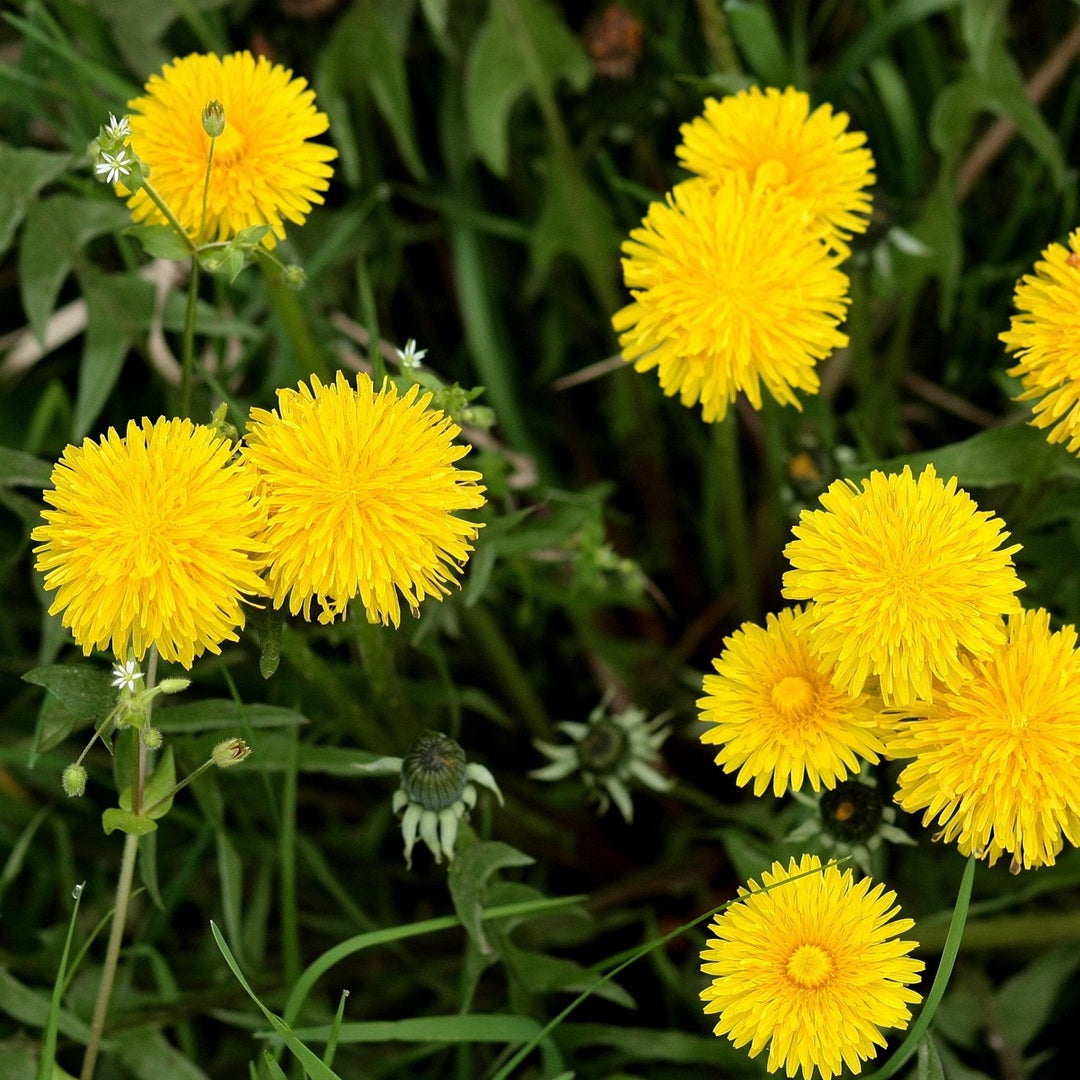
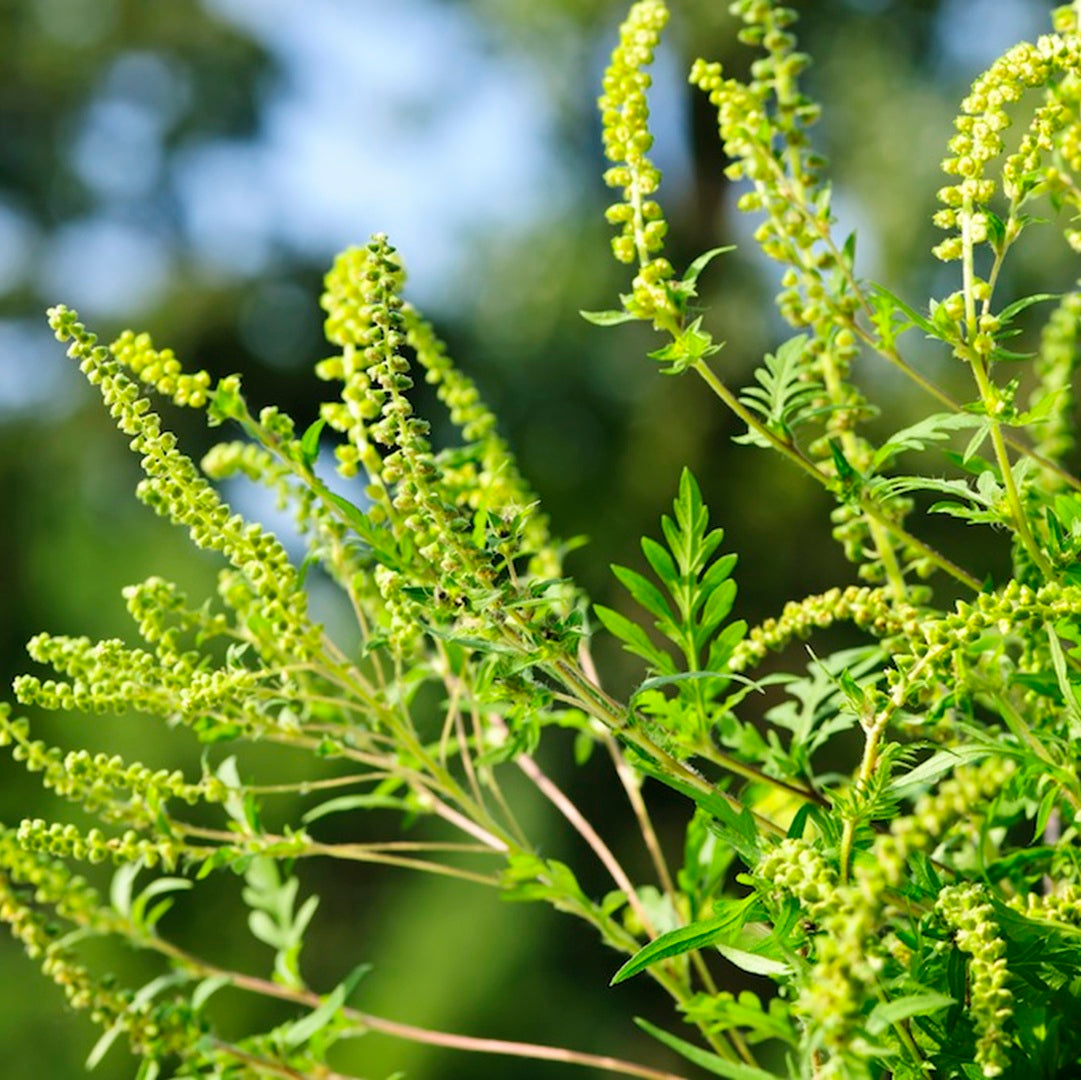
Collapsible content
Common Ragweed
Binomial Name: Ambrosia artemisiifolia
Bloom Period: Late summer to fall (August–October)
Habitat: Roadsides, fields, disturbed soils
Identifying Characteristics: Small greenish-yellow flower spikes; deeply lobed, fern-like leaves; highly allergenic pollen
Pollen Color: Yellow
Honey Color: Dark amber
Honey Flavor Profile: Strong, slightly bitter, with an earthy, molasses-like taste
Sunlight: Full sun
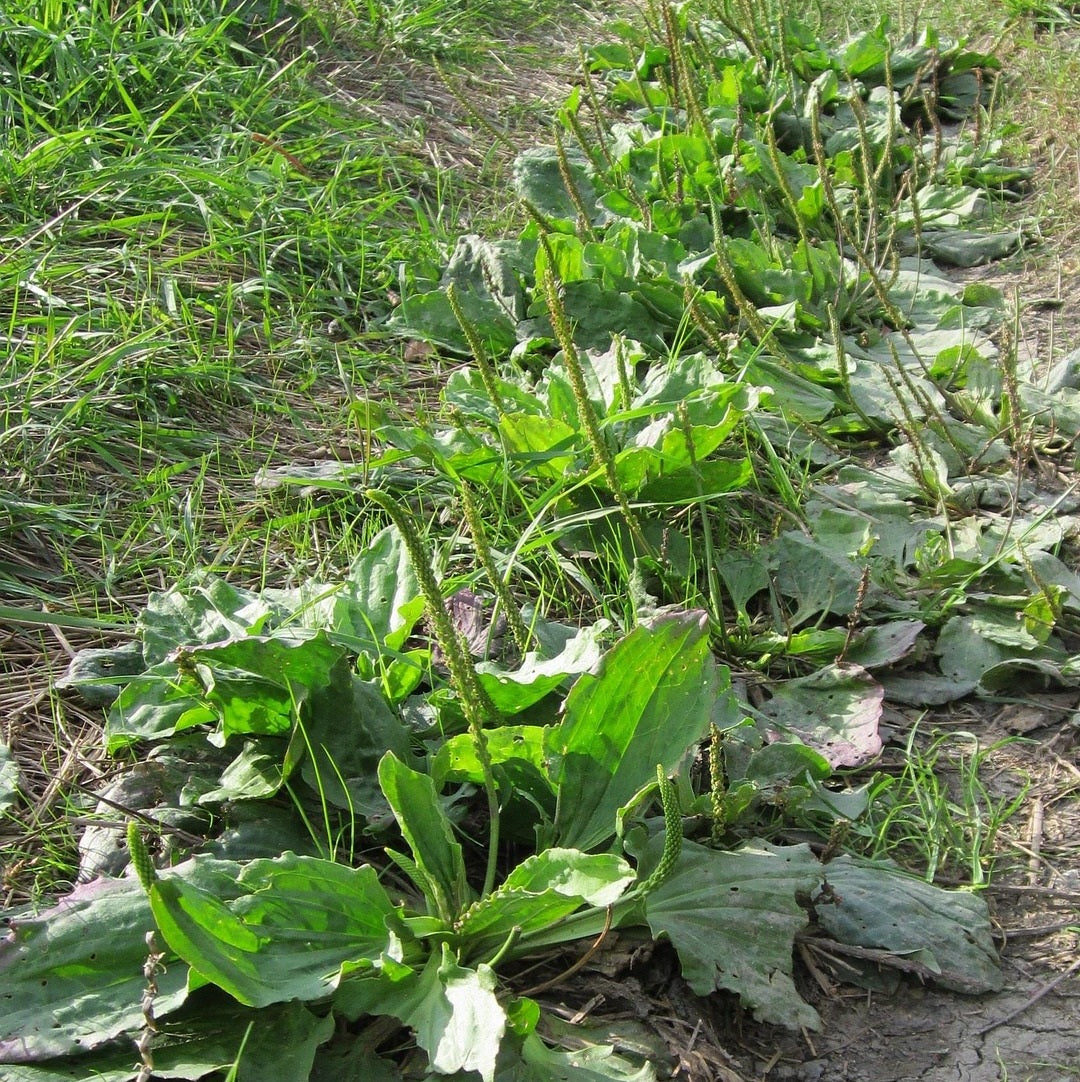
Collapsible content
Common Plantain
Binomial Name: Plantago major
Bloom Period: Spring to fall (April–September)
Habitat: Lawns, sidewalks, disturbed areas, compacted soils
Identifying Characteristics: Broad, oval leaves with prominent veins; small greenish-white flowers on long, upright stalks
Pollen Color: Pale yellow
Honey Color: Light amber
Honey Flavor Profile: Mild, slightly earthy with subtle herbal notes
Sunlight: Full sun to partial shade
Did you get stung by a bee? Plantain is well-known for its natural ability to reduce pain and inflammation from bee stings. The leaves contain anti-inflammatory, antimicrobial, and astringent properties, which help soothe irritation and draw out toxins.
- Find a fresh plantain leaf (commonly found in lawns and disturbed areas).
- Chew the leaf slightly to release its juices, or crush it between your fingers.
- Apply the mashed leaf directly to the bee sting.
- Hold in place for a few minutes or secure it with a bandage to help reduce swelling and pain.
This traditional remedy has been used for centuries by herbalists and is especially handy when beekeeping or hiking!
